All developed countries are undergoing an enormous transformation. The rapid development of technology is changing our working life and societies, and the ecological sustainability crisis requires mankind to significantly reduce the use of natural resources. This means that we will need to find new ways of creating sustainable well-being.
In recent years, the public debate in Finland has been suffering from a lack of vision concerning the building blocks of future well-being and the society we want to achieve in the next 10 to 30 years. In February, Sitra published a working paper on reforming democracy (Kansanvallan peruskorjaus), drafted by its senior advisers Liisa Hyssälä and Jouni Backman. Based on interviews with more than one hundred key decision-makers and opinion-formers, the paper includes several important findings. One of them is that no one in the decision-making apparatus has time to think about long-term objectives, let alone visions of society.
Recently, however, new long-term visions and ideas about the need to reform public policy have been put forward. For example, Member of Parliament (MP) Elina Lepomäki, representing the National Coalition Party, has called for more vision in politics (Helsingin Sanomat (HS), 26 April 2018; link in Finnish), and MP Hjallis Harkimo has formed a new political movement, Liike Nyt!, with Mikael Jungner, the former general secretary of the Finnish Social Democratic Party (SDP), to find new ways for people to influence politics (HS, 18 April 2018).
Solving complex societal problems will require co-operation across traditional sectoral boundaries, and societal vision will help us refocus our efforts.
“Even though the future always involves surprises and a certain degree of uncertainty, we can shape it,” says Paula Laine, director of foresight, insight and strategy at Sitra.
“Before we can start building together the future we want to see in Finland, we will need to put forward and discuss diverse visions of the desired direction of our future,” Laine says.
New book paints a picture of a sustainable welfare state
Today, Sitra presents a new book called The Next Era of Well-being, describing a vision of the future of a sustainable welfare state. The book builds on the comprehensive Next Era foresight initiative, carried out in co-operation with the think tank Demos Helsinki.
“The purpose of the book is to invite a wide range of people and organisations to discuss what the next decades could look like for Finland,” says Senior Lead Vesa-Matti Lahti, from Sitra.
“Our vision of the next era of well-being is not intended as a final or the only truth,” Lahti says.
In Sitra’s view, future well-being will be constructed in a world defined by technological development, an ecological sustainability crisis and a new era of geopolitics. In such a world, well-being can be built based on the core Nordic ideals of freedom, trust, equality and fairness, to name a few.
At the level of society, the next era of well-being can be built by focusing on three priority areas of social policy:
- developing the economy towards a fair and competitive circular economy
- enabling lifelong learning for everyone
- making the administrative sector and management accelerators of progress.
At its best, the change would manifest itself in people’s everyday lives as a new world of work that would provide opportunities to earn a livelihood and as basic social security that people could trust to mitigate uncertainties. Everyone would have the opportunity for lifelong growth and learning. People would also feel that their voice is heard and that they can influence society.
“While we acknowledge the magnitude of the challenges posed by megatrends, we believe that we in Finland can, through our own actions, turn global changes into opportunities and actively build the next era of well-being,” Laine says.
Toolkit to support visions
Alongside the launch the new book, Sitra will also present a toolkit for shaping the future (Tulevaisuuden tekijän työkalupakki). The materials included in the toolkit are freely available to everyone to help identify future trends and weak signals and create new visions. The tools are based on The Next Era foresight initiative and Sitra’s experience of social foresight. The toolkit is available at www.sitra.fi/tulevaisuuspakki (in Finnish).
The Next Era of Well-being will be published on 8 May 2018. The launch can be followed online (in Finnish).
The book builds on The Next Era foresight initiative, aiming to build understanding of ongoing societal transformations and identify the success factors for future Nordic well-being. It presents a positive vision for the future of the welfare state by describing the social policy building blocks and everyday solutions that will help create the next era of well-being. The book has been published by the Finnish Literature Society (SKS), and it is available in bookstores.
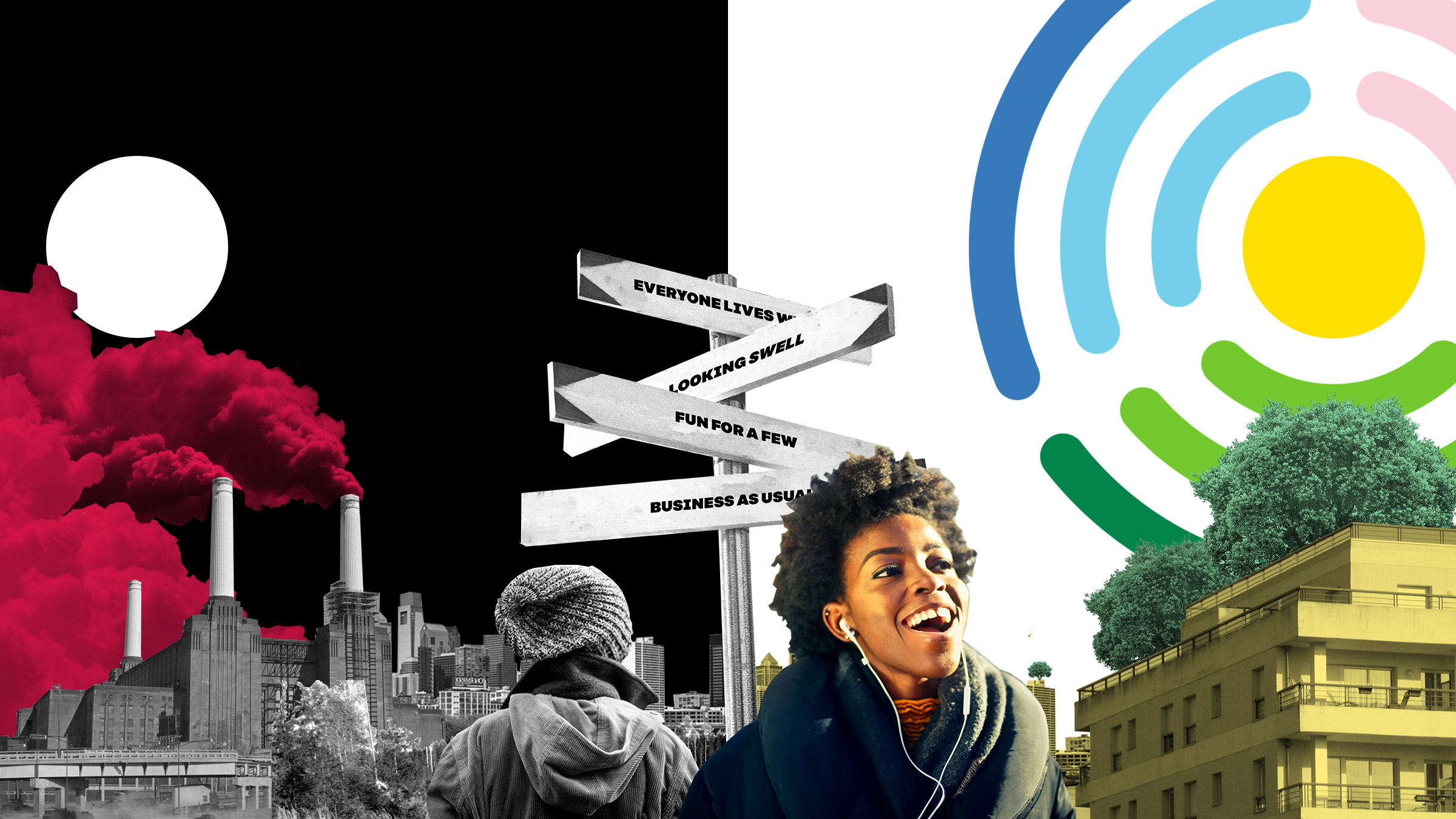







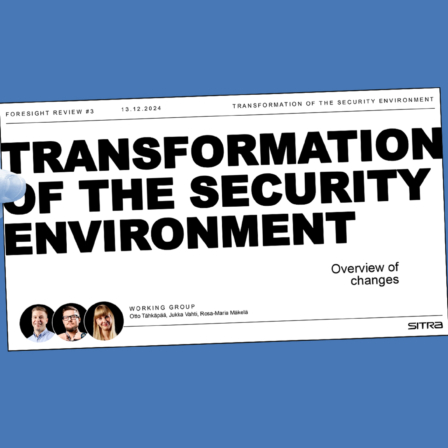
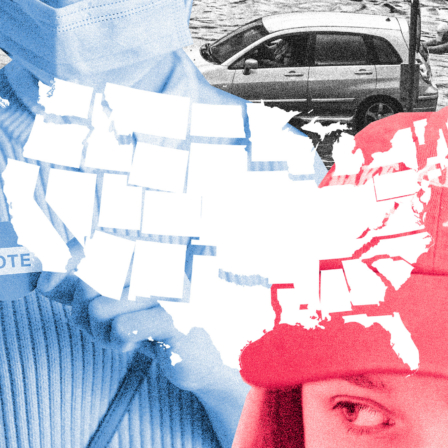
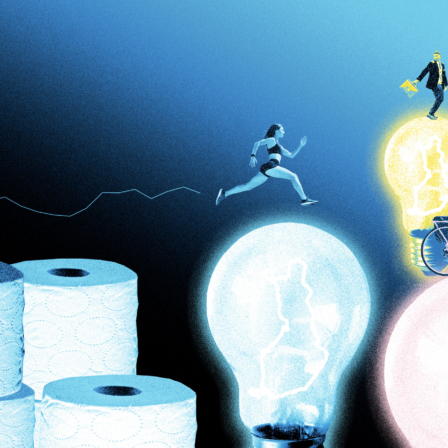

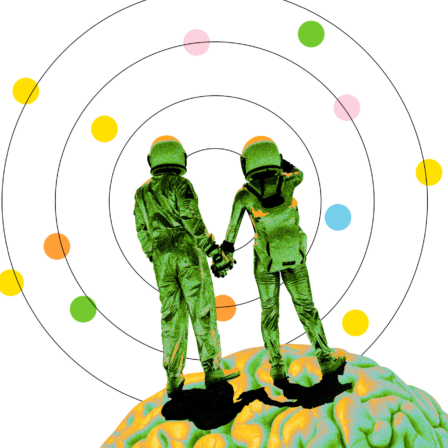

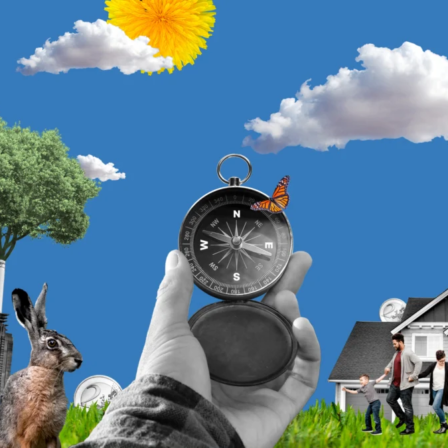

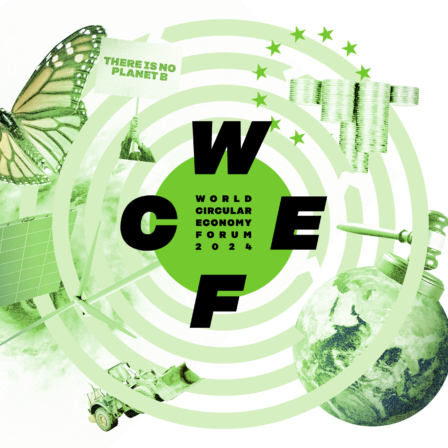
Recommended
Have some more.